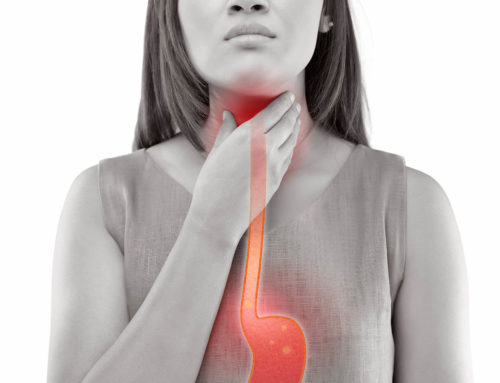Advances in molecular biology, immunology, and drug development since the late 1990s have led to a variety of new treatment approaches to IBD and other systemic inflammatory diseases associated with autoimmunity. An overview of the drugs (current and new) available to our IBD patients on the PBS will be reviewed here.
TNF Inhibition
The first drug to be available was the TNF (Tumour Necrosis Factor) inhibitor Infliximab. This drug is still the preferred first line therapy for severe acute UC (ulcerative colitis) particularly in a situation where colectomy is to be avoided.
A work up for TB, viral hepatitis, varicella immunity and previous EBV/CMV is required as reactivation can be a problem.
Infliximab and it’s biosimilars are chimeric murine (mouse)/human anti-TNF antibodies and suffer from the formation of anti-drug antibodies (ADA). Where possible, it should be used with 6 months of overlapping immunomodulators such as the thiopurines to minimize the development of drug-neutralising ADA. Currently it is an IV only preparation but trials are being conducted on it’s efficacy as a subcutaneous injection.
Adalimumab (Humira) and Golimumab (Simponi) are human or humanized anti-TNF antibodies. The suffer from similar adverse effects and neutralizing ADA are also seen in these agents. They are given subcutaneously. Golimumab is only approved for UC
Side effects
Autoimmune diseases can occur in a small percentage of patients despite the commonly noted increase in autoantibodies. The majority of these cases are vasculitic syndromes particularly cutaneous vasculitis, lupus like syndromes and psoriatic skin changes. Treatment is changing to another class or biologics but some patients may require specific targeting of the complication autoimmune manifestation.
Anti IL (interleukin) Drugs
Ustekinumab (Stelara) is an IL-12/23 antibody PBS approved for use only in CD in Australia. It can be used as primary monotherapy or after failed anti-TNFa but in conjunction with an immunomodulator. It is given subcutaneously after IV induction.
Anti-integrin Antibody
Vedolizumab (Entyvio) is a humanized anti-alpha-4-beta-7 monoclonal antibody. It can be used as first like therapy for both UC and CD, or second line therapy with concurrent use of immunomodulators if ADA were present. It is given intravenously. PML (progressive multifocal leukoencephalopathy caused by reactivation of JC virus) is a theoretical risk and should be screened if unusual neurological symptoms occur.
Small Molecules: The Game Changer?
Tofacitinib (Xeljanz, Pfizer), an oral small molecule Janus kinase (JAK) inhibitor, is used for treating adults with moderate to severe UC who have failed or are intolerant to anti-TNF agent-based therapy outside of Australia. As of July 2021, this drug is now PBS approved for initial and maintenance treatment of UC (Not for CD yet).
Advantages
• Oral induction and maintenance
• Effective for primary and secondary non-responders to anti-TNF drugs
What to look out for
Increased risk of reactivation of Herpes Zoster: It is recommended all patients are treated with Shingrix before starting Tofacitinib.
Increased risk of DVTs in East Asians. In these patients with a history of vascular thromboses, an alternative agent should be considered.
Lipids: If LDL/HDL ratio is increasing, usual treatment of hyperlipidaemia applies
Raised CK: Due to reduced renal excretion of CK and is NOT a myopathy. Not of concern.
Elevated LFTs: This is of no clinical significance. It does not generally cause hepatic toxicity.
Low WCC: All immune-modulators cause this, and is of little clinical significance with this drug.
Pregnancy: Not currently approved for use for pregnant women or those wishing to conceive. Switch to a TNFa if a drug is required for cover.
Treatment Algorithm
My first line biologic treatment for CD at the moment is Adalimub due to its ease of administration (subcutaneous). These patients are generally already on immunomodulators, so I would overlap them by 6 months before ceasing the immunomodulator.
My first line treatment for UC is now Tofacitinib for the reasons stated in this newsletter.
My second line for CD is to use a non-antiTNFa drug such as Ustekinumab (the subcutaneous administration by the patient sways me)
My second line for UC is a non-antiTNFa drug such as Vedolizumab. TNF-a drugs can still be used if there was failure
of small molecule drugs.




